This conference is now over: report available on main conference page
Return to main conference page
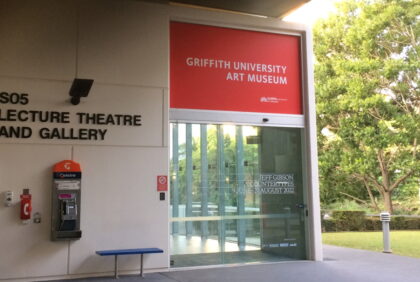
Indonesia has an an incredible diversity of wildlife, and so close to Australia! Australia also has wonderful diversity with may unique species.
Free forum: hear advice on opportunities for great wildlife experiences in both countries
Interacting with wild creatures can be richly rewarding. But can we do it responsibly, in ways that are good for both people and animals?
Public forums October2022
Sunday 30th October,

Lecture Room room, QCA, Building S05, Griffith University Southbank Parklands, Brisbane
(between Grey Street and the Ship Inn, southern end of Southbank, short walk from Southbank Railway Station)
Two public forums, free for all to attend:
- Indonesia-Australia wildlife travel 1.00pm to 2.30pm
- Human-wildlife interaction in tourism 3.00pm to 430pm
Return to main conference page
Indonesia-Australia wildlife travel. 1.00pm.
Sponsored by Australia-Indonesia Institute
Chair Ronda Green. Panelists: Aise Kim, Noel Scott, Detlef Davies, Gede Ori, Jatna Supriatna (online)
Indonesia and Australia are both countries of very high biodiversity
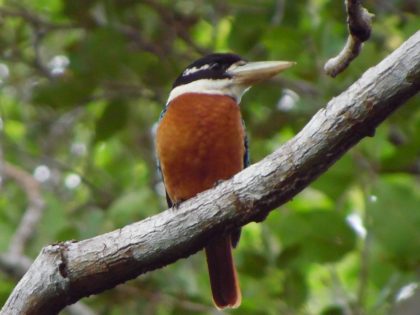
We are neighbours, but so very different
Australia was part of the great southern continent Gondwana, so has much in common with South America (parrots, marsupials, tree frogs …) and to a lesser extent Africa (Proteaceae plants …)
Indonesia was part of the great northern continent Laurasia, and so has much in common with the rest of Asia, Europe, and also (via the Middle East) Africa (bears, tigers, elephants, apes …)
We do have some similarities (monitor lizards, fruit bats, crocodiles, kookaburras …)
When Australians think of traveling to Indonesia they usually think of Bali, or perhaps Komodo. But there is so much more to see. Indonesians visiting Australia also of course have many options to see our Aussie wildlife
Our forum will examine
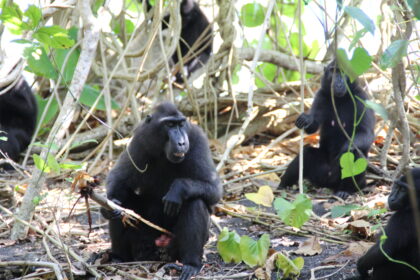
- wildlife travels in Indonesia
- wildlife travels in Australia
- a project funded by the Australia-Indonesian Foundation on developing Indonesian and Australian community tourism resilience in both countries, including the development of story-telling videos and virtual tours providing a taste of what is on offer.
- Ecological sustainability of wildlife tourism in both countries
- Free sample of Indonesian food from MaPaMe restaurant and a short talk on cultural background to Indonesian foods

Human-wildlife interaction in tourism. 3.00pm.
Chair: Ronda Green. Panelists: Brooke Squires, Emily Flower, Jamie Kirkpatrick, Sarah Pye, Jasmine Burgan
Many travellers love wildlife, and love the opportunity to interact with them
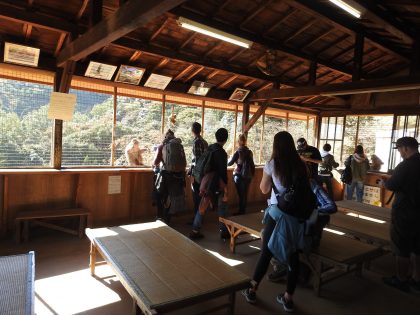
Sometimes animals also seem to enjoy interactions, but sometimes definitely not.
There have been some terrible instances of animas being abused: e.g. pythons, parrots, sloths, monkeys and others taken from the wild and kept chained or in tiny enclosures, and sometimes drugged, just so tourists can have selfies taken with them and make money for their owners; elephants being trained by very cruel methods so they can perform for tourists or take them for rides; lion cubs being bred in captivity and passed off as orphans for tourists to pay for the experience of playing with and told they are to be returned to the wild when really they are to be used for canned hunting.
There are also more ethical institutions that allow carefully-controlled interaction for short periods and use the money from tourists to genuinely care for injured and orphaned animals or to pay rangers to assist conservation efforts in the wild.
Then there are many ‘in-between’ examples where it is not always obvious whether the animal is a willing participant, putting up with something for a short time, or really suffering high levels of stress throughout.
The feeding of wildlife in the wild can provide opportunity for close-up viewing, a satisfying feeling of interaction with a wild creature, and simultaneous public education about the animal by knowledgeable guides. However, we now know of many of the dangers of doing so: making animals dependent on large supplies of ready food (and suddenly at a loss when this stops abruptly, as it did in some areas during Covid), foods that are not good for the heath of the animals (and sometimes seriously bad), hygiene concerns (for both animals and people), some species increasing their populations to the detriment of competitors or prey species, some becoming dangerous to other humans when they have lost their fear and no food is offered, ecological processes being disrupted (e.g. monkeys hanging around places they will be fed instead of dispersing seeds of native trees through the forest), various natural behaviours being altered, etc.
In this forum we will discuss:
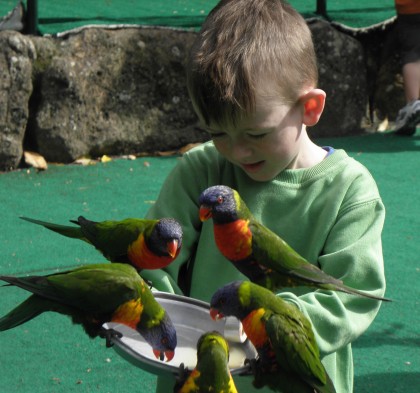
- Can interactions awaken an interest in wild animals that is difficult to achieve otherwise by some individuals, and thus lead to increased concern for their conservation and welfare? Is it possible to do research that can produce useful answers?
- What kinds of interactions are definitely never acceptable (including wilderness, semi-cleared rural areas and captivity)?
- What kinds of interaction could be allowed under strict controls and with proper education of the participants? What are some examples, both of what is happening now and what could happen in the future?
- How do we best conduct research to decide what causes an animal uncomfortable stress levels (apart from the really obvious ones – cruel training, tiny enclosures, forced interactions with obviously unwilling animals – how do we tell if an animal that seems calm is actually suffering inside)? Do some animals positively enjoy some kinds of interaction?
- If allowing any kind of interaction, whether captive or free, can we effectively impart correct messages to participants (respect for the animal, respect for wilderness, enjoying the company of animals without seeing them as our playthings…)?
- How do we make viewing of wildlife without interaction more interring for those who want or expect interaction?
